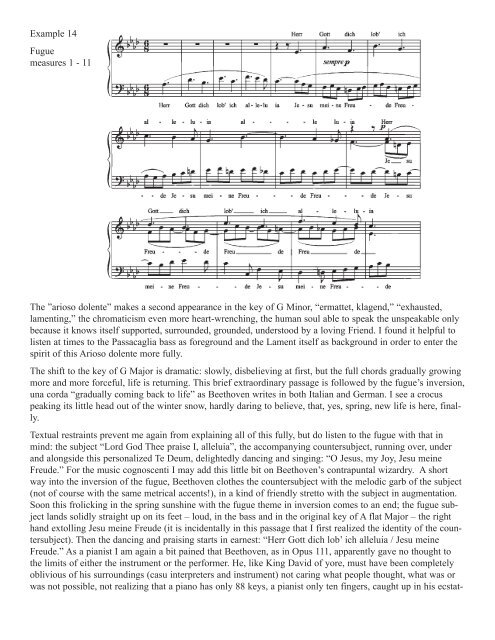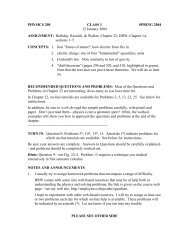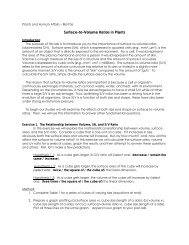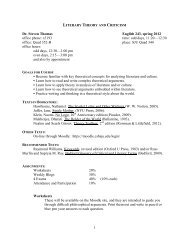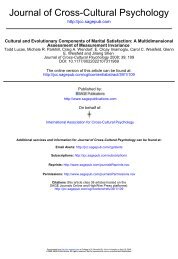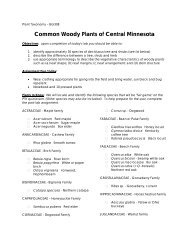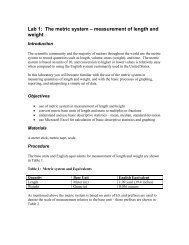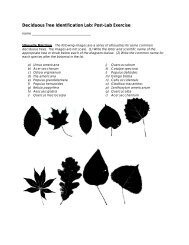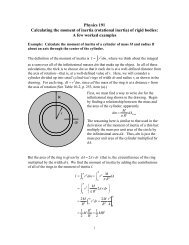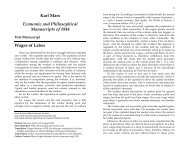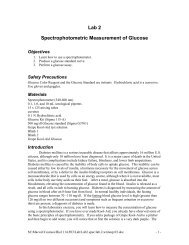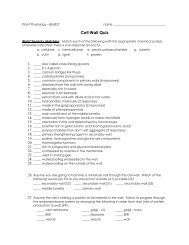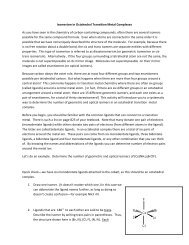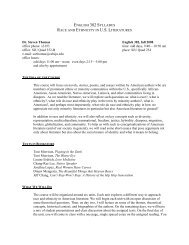A Beethoven Triptych - Employees Csbsju
A Beethoven Triptych - Employees Csbsju
A Beethoven Triptych - Employees Csbsju
Create successful ePaper yourself
Turn your PDF publications into a flip-book with our unique Google optimized e-Paper software.
Example 14<br />
Fugue<br />
measures 1 - 11<br />
The ”arioso dolente” makes a second appearance in the key of G Minor, “ermattet, klagend,” “exhausted,<br />
lamenting,” the chromaticism even more heart-wrenching, the human soul able to speak the unspeakable only<br />
because it knows itself supported, surrounded, grounded, understood by a loving Friend. I found it helpful to<br />
listen at times to the Passacaglia bass as foreground and the Lament itself as background in order to enter the<br />
spirit of this Arioso dolente more fully.<br />
The shift to the key of G Major is dramatic: slowly, disbelieving at first, but the full chords gradually growing<br />
more and more forceful, life is returning. This brief extraordinary passage is followed by the fugue’s inversion,<br />
una corda “gradually coming back to life” as <strong>Beethoven</strong> writes in both Italian and German. I see a crocus<br />
peaking its little head out of the winter snow, hardly daring to believe, that, yes, spring, new life is here, finally.<br />
Textual restraints prevent me again from explaining all of this fully, but do listen to the fugue with that in<br />
mind: the subject “Lord God Thee praise I, alleluia”, the accompanying countersubject, running over, under<br />
and alongside this personalized Te Deum, delightedly dancing and singing: “O Jesus, my Joy, Jesu meine<br />
Freude.” For the music cognoscenti I may add this little bit on <strong>Beethoven</strong>’s contrapuntal wizardry. A short<br />
way into the inversion of the fugue, <strong>Beethoven</strong> clothes the countersubject with the melodic garb of the subject<br />
(not of course with the same metrical accents!), in a kind of friendly stretto with the subject in augmentation.<br />
Soon this frolicking in the spring sunshine with the fugue theme in inversion comes to an end; the fugue subject<br />
lands solidly straight up on its feet – loud, in the bass and in the original key of A flat Major – the right<br />
hand extolling Jesu meine Freude (it is incidentally in this passage that I first realized the identity of the countersubject).<br />
Then the dancing and praising starts in earnest: “Herr Gott dich lob’ ich alleluia / Jesu meine<br />
Freude.” As a pianist I am again a bit pained that <strong>Beethoven</strong>, as in Opus 111, apparently gave no thought to<br />
the limits of either the instrument or the performer. He, like King David of yore, must have been completely<br />
oblivious of his surroundings (casu interpreters and instrument) not caring what people thought, what was or<br />
was not possible, not realizing that a piano has only 88 keys, a pianist only ten fingers, caught up in his ecstat-


